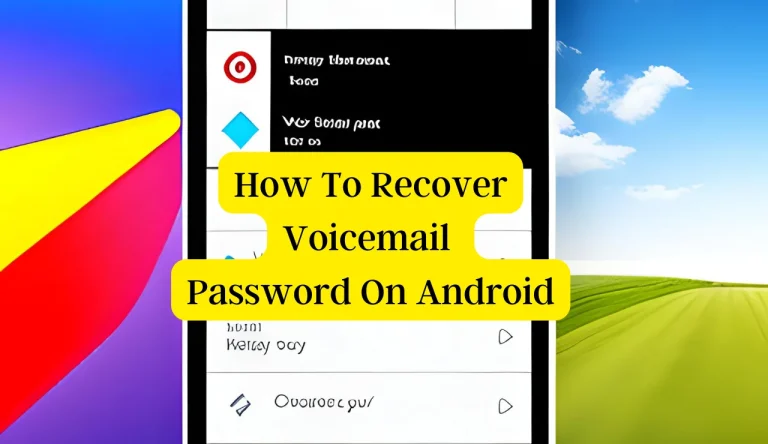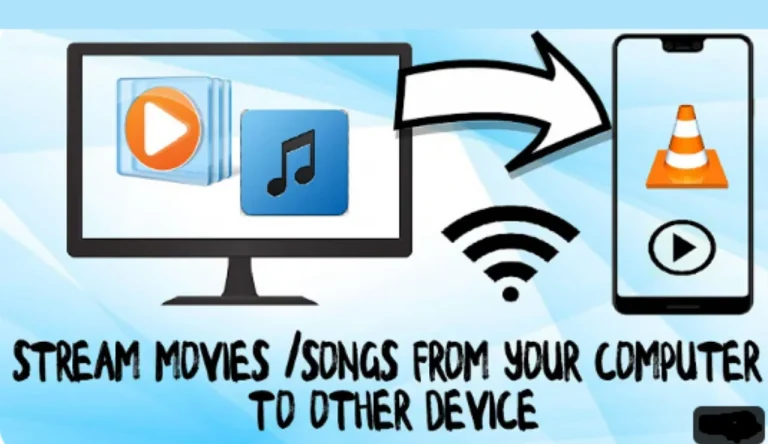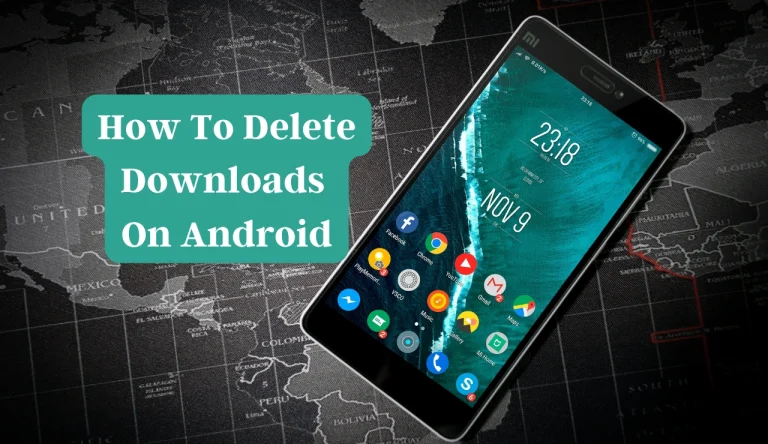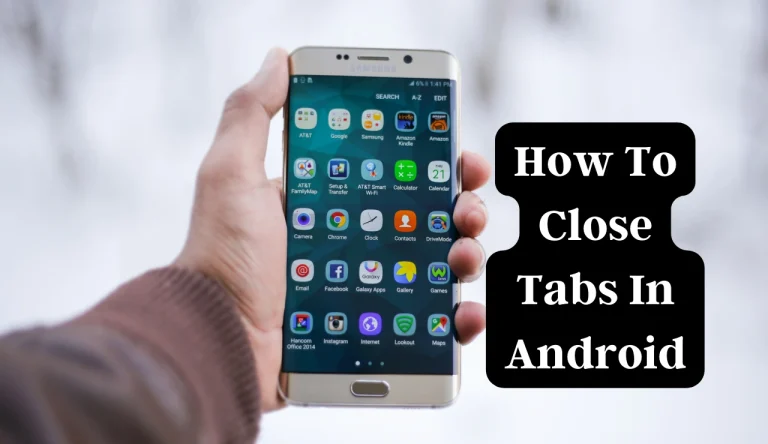Where Is Trash On Android
Are you wondering where is trash on Android device goes? Well, fret no more! In this article, we will guide you through the various locations where trash can accumulate on your Android phone or tablet. By knowing where to find and manage these unwanted files, you can free up valuable storage space and improve the overall performance of your device.
Firstly, we will explore the Storage Settings on your Android device. Here, you will learn how to identify and delete unnecessary files like system cache and app data that could be taking up valuable space.
Next, we will delve into the App Cache, a hidden repository for temporary files generated by apps. Clearing this cache can help optimize your device’s speed.
Furthermore, we will show you how to locate and clean out your Downloads Folder, which houses all the files you have downloaded from emails or websites.
We’ll also touch upon Messaging Apps that store old conversations and media files that might be cluttering up your device.
Finally, we’ll discuss managing Photos and Videos on your Android device. We’ll share tips on organizing albums, deleting duplicates or blurry photos/videos, and utilizing cloud storage options for seamless backup.
By understanding where trash accumulates on your Android device and learning effective management techniques, you can reclaim valuable storage space while optimizing its performance. Let’s dive in!
Key Takeaways
- Trash on Android devices can accumulate in various locations, impacting storage space and device performance.
- Clearing app cache can free up storage space and resolve app issues without deleting personal data.
- Regularly deleting old messages and attachments in messaging apps can free up storage space and streamline conversations.
- Deleting unnecessary messages and attachments enhances overall device performance.
Storage Settings
To find where trash is located on your Android device, you can easily access the Storage Settings by tapping on the ‘Settings’ app and then selecting the ‘Storage’ option.
In this section, you’ll have access to various tools for storage optimization and managing large files. The first feature you can utilize is the ability to view how much storage space is currently being used and what type of content is taking up the most room.
You can also clear cached data from apps, which helps free up additional space.
Additionally, if you need to manage large files, such as videos or documents, you can locate them using the file explorer within Storage Settings and delete or move them to another location to free up storage capacity.
App Cache

App cache, found on most Android devices, is a feature that temporarily stores data from frequently used apps to improve their performance. It works by storing app data and temporary files in a designated storage space.
This allows the apps to access these files quickly, reducing loading times and improving overall user experience. App cache also helps save bandwidth as it reduces the need for apps to constantly download data from the internet.
To manage app cache on your Android device, go to Settings > Storage > Cached Data. Here, you can view the amount of cached data stored by each app and clear it if needed. Clearing app cache can free up storage space on your device and help resolve issues with apps not functioning properly.
It’s important to note that clearing app cache will not delete any personal data or settings associated with the app. It simply removes temporary files that are no longer needed. So whenever you notice your device running slow or an app acting up, consider clearing its cache to give it a fresh start.
Downloads Folder

The Downloads folder is a treasure trove of memories and possibilities, holding all the files that’ve been collected along the journey. It serves as a hub for file management on your Android device, providing easy access to any downloaded content.
Located in the external storage, this folder is where all your downloaded files from email attachments, web downloads, or app installations are stored. With its organized structure, you can effortlessly navigate through various sub-folders like Documents, Images, Music, and Videos to find specific types of files. This makes it convenient to manage your downloads and locate them whenever needed.
By utilizing the Downloads folder efficiently, you can keep track of your downloaded content while freeing up space on your device for new adventures.
- Sub-lists:
- Documents
- PDFs
- Word documents
- Spreadsheets
- Images
- Photos
- Wallpapers
- Screenshots
- Music
- MP3 files
- Audio recordings
Messaging Apps

To effectively manage your messaging apps, it’s important to regularly delete old messages and attachments. This will not only free up storage space on your device but also help streamline your conversations.
Additionally, clearing the cache for messaging apps can improve their performance by removing temporary files and data that may be slowing them down.
Delete Old Messages and Attachments
Deleting old messages and attachments on Android is a quick and effective way to free up storage space. Here are four reasons why it’s important to regularly clean up your messaging apps:
- Email storage: Over time, emails can accumulate and take up a significant amount of space on your device. By deleting old messages, you can optimize your email storage and ensure that important messages aren’t lost in the clutter.
- Social media attachments: Many messaging apps allow users to send and receive photos, videos, and other media files. These attachments can quickly eat up storage space if they’re not removed regularly. Deleting old messages with large attachments will help keep your device running smoothly.
- Improved performance: Removing unnecessary messages and attachments can enhance the overall performance of your Android device. With more available storage space, apps will load faster, and your device will run more efficiently.
- Privacy and security: Old messages may contain sensitive information that you no longer need or want others to access. By deleting them, you reduce the risk of this data falling into the wrong hands.
By following these steps, you can declutter your messaging apps and optimize storage on your Android device effectively.
Clear Cache for Messaging Apps

Get rid of unnecessary data by clearing the cache for your messaging apps and optimize their performance. Clearing the cache for social media apps is essential to keep your device running smoothly. These apps often store temporary files, images, and other data that can accumulate over time and take up valuable storage space. By clearing the cache, you can free up storage and improve the overall speed and functionality of your messaging apps.
Additionally, managing storage for gaming apps is crucial for an optimal gaming experience. Gaming apps tend to use a significant amount of storage space due to high-quality graphics, sound effects, and other resources. Clearing the cache for these apps can help remove any unnecessary files or data that may have been stored during gameplay sessions. This process ensures that your gaming apps run efficiently and allows you to make the most out of your Android device’s storage capacity.
Photos and Videos

Explore the vast wonders of your Android device by discovering where you can find the hidden treasure trove of photos and videos. Uncover forgotten memories and relive precious moments with just a few taps.
To start your quest, head to the Gallery app, where all your visual treasures await. Within this digital vault, you’ll find a myriad of options to manage your media collection effectively.
Firstly, if you’re worried about accidentally deleting important photos or videos, fear not! Photo recovery is possible through various methods like utilizing cloud backup services or third-party apps designed specifically for this purpose.
Secondly, keep an eye out for duplicate media files that unnecessarily clutter up storage space. These pesky duplicates can be easily identified and removed using dedicated cleaning apps or built-in file management tools.
So grab your Android device and embark on an adventure as you uncover the hidden gems within its photo and video collection – each one telling a unique story worth revisiting time and again!
Frequently Asked Questions
Conclusion
In conclusion, knowing where to find trash on your Android device is crucial for efficient storage management. By exploring the Storage Settings, you can identify and delete unnecessary files and apps that are taking up valuable space.
Additionally, regularly clearing app cache and checking your Downloads folder will help declutter your device. Don’t forget to review messaging apps for old conversations and multimedia files that may no longer be needed.
Lastly, organizing and deleting unwanted photos and videos will further optimize your device’s storage capacity. Stay organized and keep your Android running smoothly!






